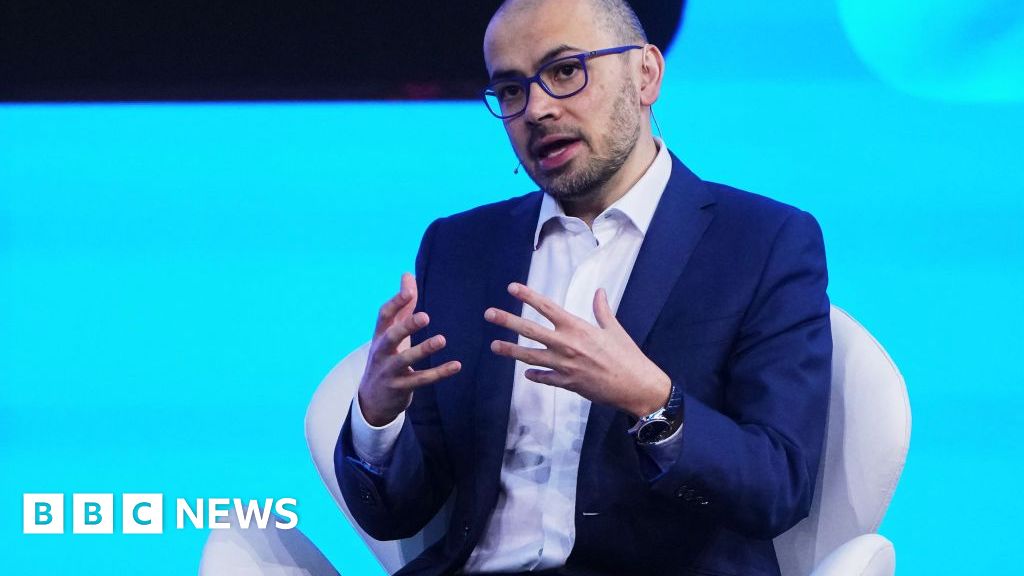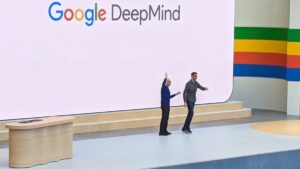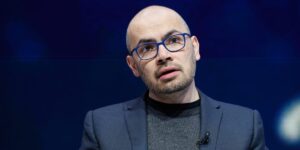Demis Hassabis, co-founder of Google DeepMind, awarded the Nobel Prize in Chemistry

Demis Hassabis and His Nobel Prize Winning Work in Chemistry
Introduction to Demis Hassabis
Professor Demis Hassabis, a renowned British computer scientist, recently received a share of the Nobel Prize in Chemistry for his pioneering research on protein structures. At 48, he is known for his role as co-founder and CEO of Google DeepMind, a leading artificial intelligence (AI) company. Along with him, Professor John Jumper, aged 39, and Professor David Baker, aged 60, were also awarded for their contributions to this groundbreaking work.
The Importance of Proteins
Proteins are fundamental components found in every cell of the human body, serving as the building blocks of life. Understanding their structure has led to significant advancements in medicine, including tackling antibiotic resistance and creating enzymes capable of breaking down plastics. Prof. Hassabis expressed that receiving the Nobel Prize was “the honor of a lifetime,” highlighting his commitment to AI’s potential for making impactful changes in the world.
The Nobel Prize Announcement
Interestingly, the Nobel committee had trouble reaching Prof. Hassabis directly. Instead, they contacted his wife, who initially disregarded the calls. It was only when she recognized the importance of the Swedish number that she answered. During a press conference, he encouraged young people not just to play video games but to create them, emphasizing that his own early experiences with gaming paved the way for his exploration into AI.
Development of AlphaFold2
One of the major achievements of Hassabis and Jumper was the development of a revolutionary AI tool called AlphaFold2. This tool predicts the structure of nearly all known proteins, solving a complex challenge that scientists have faced for decades. Proteins are constructed from chains of amino acids, and their unique three-dimensional shapes are crucial in determining their functions in the body. Prior to their work, only a small fraction of protein structures had been deciphered.
Why Understanding Protein Structures Is Crucial
- Medical Applications: Knowing protein structures helps target them for drug development, leading to more effective treatments.
- Biochemistry Insight: Understanding how proteins work can lead to innovations in various fields, including pathogenic studies and enzyme design.
The Nobel committee lauded AlphaFold2 as a "complete revolution" in the field of structural biology, noting its application in analyzing over 200 million protein structures globally.
The Contribution of Professor David Baker
The other half of the Nobel Prize was awarded to Professor David Baker for his remarkable ability to design new proteins. In 2003, he accomplished the feat of creating a new protein using amino acids, which is pivotal for the production of pharmaceuticals and vaccines. His innovation involved the development of a computer program named Rosetta, aimed at predicting protein structures.
Baker expressed his excitement and honor at receiving the prize, stating he felt a deep connection to the vast resources and prior research that made his achievements possible.
Background of Demis Hassabis
Demis Hassabis was not only a brilliant scientist but also a chess prodigy who began playing at the age of four. Raised in London by Greek-Cypriot and Singaporean parents, he reached master level in chess by age 13. Hassabis completed his A-levels early at 16 and was encouraged by Cambridge University to take a gap year due to his youth.
After completing his degree in computer science, he delved into game design, garnering multiple awards for his work. He later completed a PhD at University College London and took part in several research roles across U.S. universities. Co-founding DeepMind in 2010, which Google acquired in 2014, Hassabis aims to blend neuroscience with machine learning to tackle complex global challenges.
This recognition is just one of many accolades in a storied career that continues to shape the future of AI and protein research.






